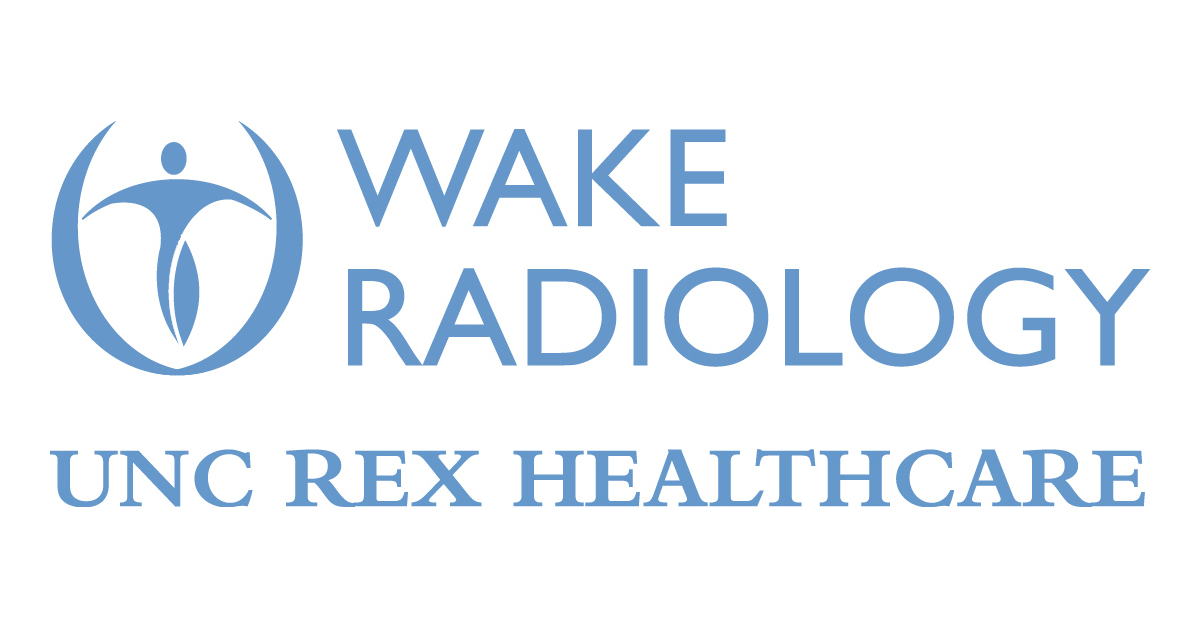Wake Radiology Unc Rex Healthcare - Wake Forest

The landscape of medical imaging in the Triangle region of North Carolina is undergoing a significant transformation. A proposed merger between Wake Radiology, a well-established private practice, and UNC Rex Healthcare, affiliated with Wake Forest University School of Medicine, has sparked both excitement and apprehension within the medical community and among patients.
This potential partnership raises crucial questions about access to care, cost efficiency, and the future of independent medical practices in an increasingly consolidated healthcare environment.
At its core, this proposed union represents a strategic alignment designed to enhance patient care through shared resources and expanded expertise. The deal aims to leverage the strengths of both organizations – Wake Radiology's extensive outpatient network and UNC Rex Healthcare's comprehensive hospital-based services – to create a more integrated and streamlined imaging experience for patients. This article examines the details of the proposed merger, the potential benefits and drawbacks for patients and physicians, and the broader implications for the healthcare industry in the region.
The Details of the Proposed Merger
While specific financial terms remain undisclosed, the fundamental structure of the arrangement involves Wake Radiology becoming a part of the UNC Rex Healthcare system, affiliated with Wake Forest University School of Medicine. The existing Wake Radiology physicians and staff would be integrated into the UNC Rex Healthcare framework.
According to official statements, the goal is to create a more comprehensive and coordinated imaging service line that spans both outpatient and inpatient settings. This integration will allow for improved communication and collaboration between radiologists and other specialists, leading to more accurate diagnoses and better treatment planning.
Furthermore, the merger is expected to facilitate the implementation of advanced imaging technologies and protocols, benefiting patients through access to cutting-edge diagnostic tools.
Statements from Key Stakeholders
Wake Radiology released a statement emphasizing the potential for improved patient care. "We believe that joining UNC Rex Healthcare will allow us to expand our services, invest in new technologies, and provide even better care to our patients," the statement read.
UNC Rex Healthcare echoed this sentiment, highlighting the opportunity to strengthen its imaging capabilities. "This partnership will enhance our ability to provide comprehensive, high-quality healthcare services to the community," they noted in their official announcement.
It is also important to acknowledge that smaller independent radiology practices in the region have expressed some concerns about this deal creating a mega-entity that might negatively impact smaller radiology businesses.
Potential Benefits for Patients
The proponents of the merger highlight several potential benefits for patients. One key advantage is improved access to care through a wider network of imaging centers and hospitals.
With increased resources and infrastructure, the combined entity could potentially offer more convenient appointment scheduling and shorter wait times for procedures.
The integration of services could also lead to better coordination of care between radiologists and other specialists, resulting in more accurate diagnoses and more effective treatment plans.
The access to state-of-the-art imaging technology, including advanced modalities like 3T MRI and PET/CT scanners, also promises improved diagnostic accuracy and potentially earlier detection of disease.
Potential Drawbacks and Concerns
Despite the potential benefits, the merger also raises several concerns. One major worry is the potential for increased healthcare costs.
As healthcare systems consolidate, there is often less competition, which can lead to higher prices for services. Patients could face higher co-pays, deductibles, and overall out-of-pocket expenses.
Another concern is the potential for reduced patient choice. With fewer independent providers, patients may have fewer options when it comes to selecting their radiologist or imaging center.
Furthermore, some fear that the merger could lead to a decline in the personal touch that is often associated with smaller, independent practices. Patients may feel like they are just a number in a large healthcare system.
Some physicians not affiliated with either group have voiced apprehension, worrying about the impact on referral patterns and the potential for increased administrative burdens.
Impact on the Healthcare Industry in the Triangle
The proposed merger between Wake Radiology and UNC Rex Healthcare reflects a broader trend toward consolidation in the healthcare industry. Hospitals and physician practices are increasingly joining forces to achieve economies of scale, improve efficiency, and enhance their competitive position.
This trend is driven by several factors, including the rising costs of healthcare, the increasing complexity of medical technology, and the pressure to improve quality and patient outcomes.
The merger could have a significant impact on other healthcare providers in the Triangle region, particularly smaller independent radiology practices. These practices may find it more difficult to compete with a larger, more integrated system.
The deal could also influence the negotiations between healthcare providers and insurance companies, potentially leading to changes in reimbursement rates and coverage policies. Some experts believe that if approved, this would give both groups greater negotiating power.
Looking Ahead
The proposed merger between Wake Radiology and UNC Rex Healthcare is subject to regulatory review and approval. The North Carolina Department of Justice will likely scrutinize the deal to ensure that it does not violate antitrust laws and harm competition. It is likely the review will take months.
If the merger is approved, the integration process could take several years to complete. During this time, patients and physicians can expect to see changes in the way imaging services are delivered.
Ultimately, the success of the merger will depend on whether the combined organization can deliver on its promise of improved patient care, enhanced efficiency, and increased access to advanced technology.
As healthcare consolidation continues, it is crucial to carefully monitor the impact on patients, providers, and the healthcare system as a whole. Transparency, accountability, and a commitment to patient-centered care will be essential to ensuring that these mergers ultimately benefit the community.


















